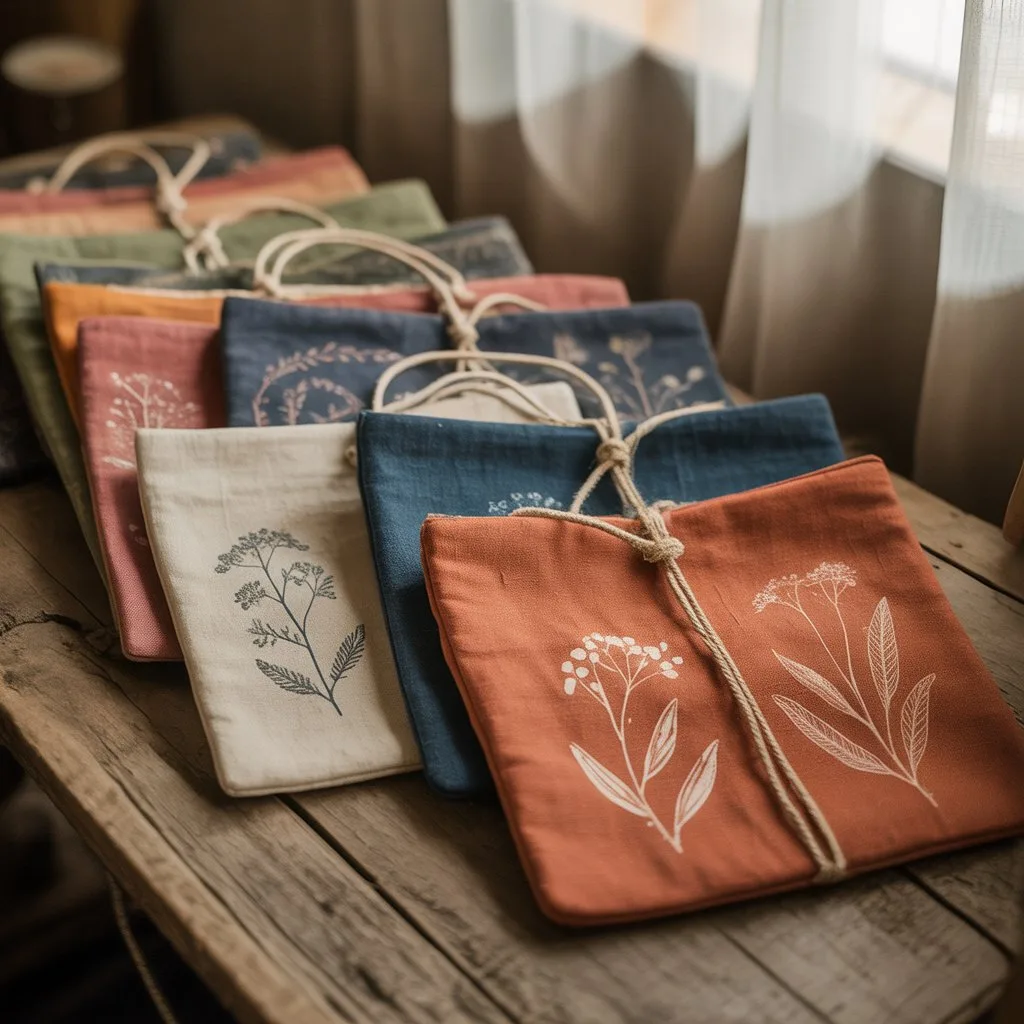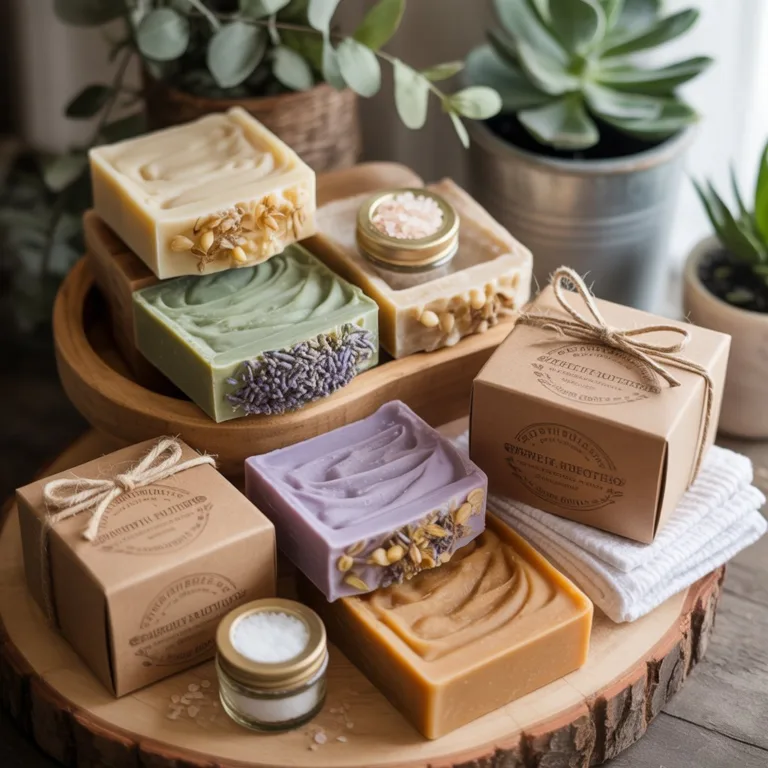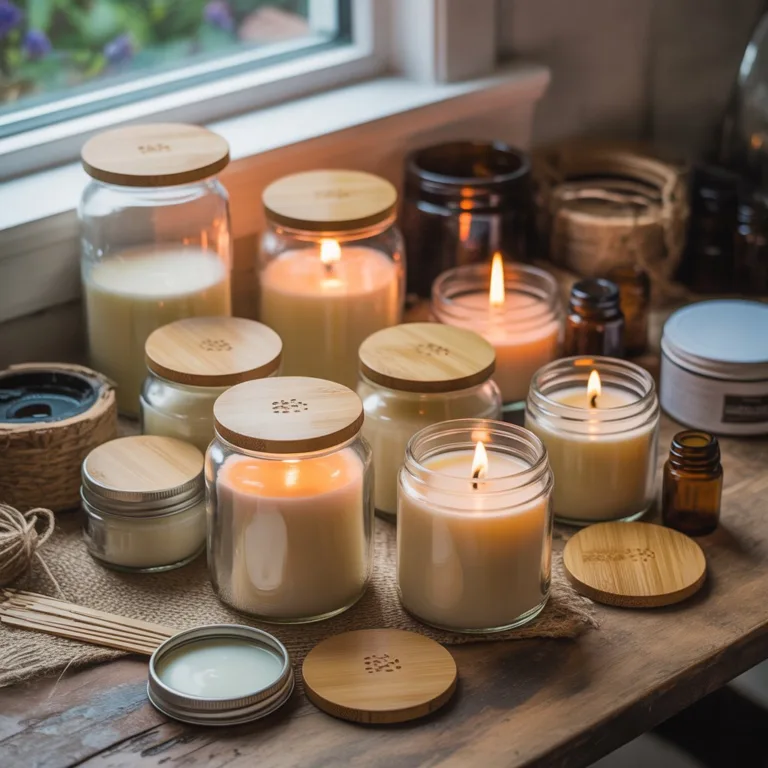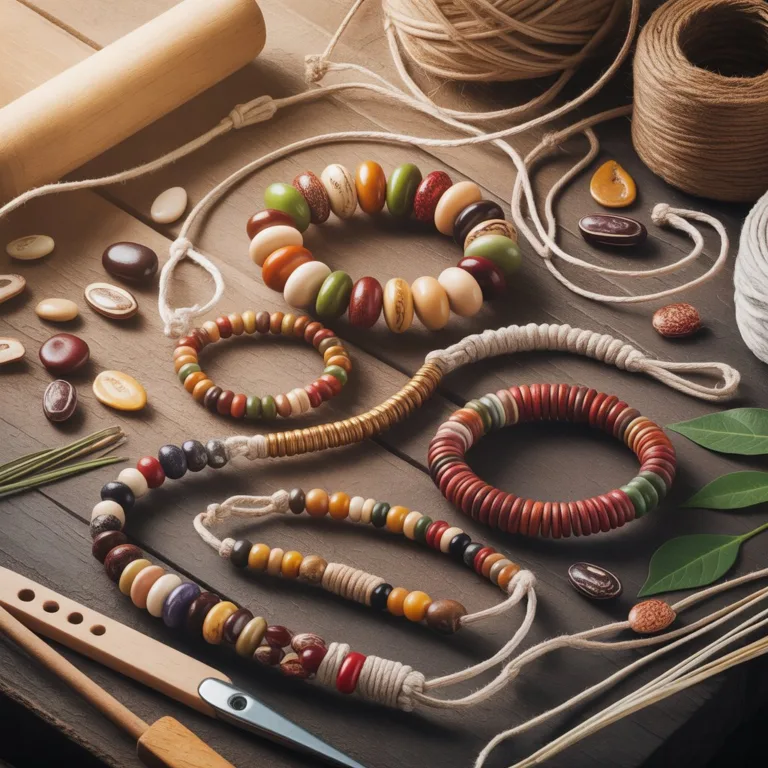Sustainability has become an essential aspect of modern creativity, and one of the most enjoyable ways to express that mindset is through crafting. Creating upcycled fabric bags with natural dyes is not only a beautiful, hands-on project but also an eco-friendly statement about conscious living. This combination of reuse and natural coloring allows crafters to transform old textiles into one-of-a-kind accessories that reflect both style and environmental awareness.

By repurposing discarded fabrics and using plant-based colorants, you reduce waste, avoid synthetic dyes that harm waterways, and discover a deeper appreciation for the slow, organic process of handmade creation. Whether you’re a DIY enthusiast or a beginner in sustainable crafts, learning to make and dye your own bags offers an artistic experience rooted in environmental responsibility.
Understanding the Art of Upcycling
At its core, upcycling is about giving new life to materials that would otherwise be discarded. Unlike recycling, which often breaks down materials to reprocess them, upcycling enhances their value through creativity. In the case of fabric bags, this means turning old shirts, sheets, curtains, or denim into new functional pieces.
Old cotton dresses can become tote bags, worn-out jeans can be stitched into sturdy market bags, and vintage scarves can be reinvented as delicate pouches. Each piece of fabric carries its own history, making the final product uniquely personal.
From an environmental perspective, upcycling reduces the demand for virgin textile production, which consumes vast amounts of water and energy. It also keeps fabric waste out of landfills, where synthetic fibers can take decades to decompose. Crafting with a sustainable mindset helps bridge the gap between creativity and conservation.
Choosing the Right Fabrics for Upcycled Bags
The success of any upcycled bag begins with fabric selection. The material determines the bag’s strength, texture, and dye absorption. Natural fibers such as cotton, linen, hemp, wool, and silk are ideal for both durability and dye compatibility.
Synthetic fabrics like polyester or nylon, while common in modern clothing, do not absorb natural dyes effectively. When upcycling, aim for 100% natural textiles — they yield richer, longer-lasting colors.
Before cutting or dyeing, inspect your chosen fabric carefully. Remove any stains or embellishments that could affect the dyeing process. Pre-wash everything to eliminate dirt, oils, and old residues, ensuring the fibers are clean and ready to absorb the color.
Old pillowcases, tablecloths, and oversized shirts often provide generous pieces of fabric for bag-making. The more creative you are in repurposing materials, the less waste you produce.
Preparing the Fabric for Natural Dyeing
Fabric preparation is essential to achieving consistent, vivid color. Most natural fibers require a mordant — a substance that binds dye molecules to the textile, improving color fastness. Common eco-friendly mordants include:
- Alum (potassium aluminum sulfate): gentle and widely used for cotton, wool, and silk.
- Iron (ferrous sulfate): darkens tones and enhances color depth.
- Tannins (from oak galls or tea): great for cellulose fibers like cotton and linen.
To mordant the fabric, dissolve the chosen substance in hot water and soak the fabric for an hour or more. Allow it to dry before dyeing or store it damp for immediate use.
For a completely natural alternative, some crafters use homemade mordants such as vinegar, soy milk, or salt, though results may vary. Experimentation is part of the joy of sustainable dyeing.
Exploring Natural Dye Sources
Nature offers a vibrant palette of colors that rival any synthetic dye. Everyday kitchen scraps, garden plants, and spices can produce a spectrum of hues:
- Yellow tones: turmeric, onion skins, chamomile, dandelion flowers, marigold petals.
- Red and pink hues: madder root, avocado pits, beetroot, hibiscus petals.
- Blues and purples: red cabbage, blueberries, black beans, indigo leaves.
- Browns and neutrals: walnut shells, coffee grounds, black tea, oak bark.
The key to successful dye extraction is patience. Simmer your chosen plant material in water for an hour or more, then strain out the solids. The remaining liquid becomes your natural dye bath.
When using food scraps like onion skins or avocado pits, you not only avoid waste but also discover how everyday items can become powerful artistic tools. Each dye bath is unique — even the same ingredients can yield slightly different shades depending on water quality, temperature, and mordant.
The Dyeing Process
Once your dye bath is ready, submerge the pre-mordanted fabric completely, ensuring it’s evenly soaked. Gentle stirring helps prevent streaks or uneven coloring. Keep the dye at a simmer (not a boil) for about an hour, then allow the fabric to cool in the liquid for several more hours or overnight.
For multi-toned effects, try tie-dyeing or folding techniques using twine, rubber bands, or clamps. These resist methods create organic patterns that reflect the beauty of imperfection.
After dyeing, rinse the fabric in cool water until it runs clear. Hang it to dry naturally in a shaded area to preserve the color. Overexposure to direct sunlight can fade plant-based dyes.
The entire process is meditative — from gathering materials to watching the fabric transform. It encourages mindfulness and a connection to the natural elements behind each shade.
Designing and Sewing Your Upcycled Fabric Bag
With your dyed fabric ready, it’s time to design your bag. The beauty of upcycling lies in the creative freedom it offers. You can make simple drawstring pouches, everyday tote bags, crossbody purses, or even patchwork designs combining different fabrics.
Before cutting, sketch your design and plan the bag’s dimensions. Keep in mind the fabric’s thickness — heavier materials like denim or canvas work well for structured bags, while softer cottons are perfect for casual totes.
To make your project eco-friendly from start to finish:
- Use organic cotton thread or recycled polyester thread.
- Reuse zippers, buttons, or handles from old bags or clothing.
- Reinforce stress points (like strap attachments) with double stitching for durability.
If you’re new to sewing, simple rectangular totes with minimal seams are an excellent starting point. Experienced crafters can experiment with linings, pockets, or embroidery for personalized touches.
Sewing by hand gives a rustic charm, but using a sewing machine can help you create cleaner, sturdier seams — especially for thicker upcycled fabrics.
Adding Artistic Details with Eco Printing
Eco printing is a wonderful addition to naturally dyed fabrics. This technique involves pressing leaves, flowers, or herbs onto the fabric surface and steaming it, allowing pigments and shapes to transfer directly.
Eucalyptus leaves, rose petals, ferns, and onion skins all make beautiful prints. Lay them across your fabric, roll it tightly around a stick, and steam for an hour. Once unrolled, the natural imprints reveal unique organic patterns — no two designs are ever alike.
Eco printing complements natural dyeing perfectly, creating depth and texture. The combination transforms your upcycled bag into a wearable piece of art inspired by nature itself.
Caring for Naturally Dyed Fabric Bags
Unlike synthetic colors, natural dyes evolve with time. Proper care helps preserve their beauty and vibrancy. Wash dyed fabrics gently by hand in cool water with mild soap. Avoid harsh detergents or bleach, which can strip color.
Dry them away from direct sunlight to minimize fading. If wrinkles appear, iron on low heat while the fabric is still slightly damp. Over time, the colors may soften — a reminder of the fabric’s organic origin and its harmony with nature.
Because these dyes are biodegradable and chemical-free, they’re safe for both your skin and the planet. The care you give them echoes the sustainability values behind their creation.
Teaching Sustainability Through Fabric Crafting
Upcycled fabric bags offer a wonderful opportunity to educate others — especially children and students — about sustainability. Crafting with recycled textiles encourages hands-on learning about resource conservation, waste reduction, and environmental ethics.
Workshops or community events centered around upcycling and natural dyeing can foster a shared sense of creativity and environmental stewardship. Participants experience firsthand how something once considered waste can become both beautiful and useful.
Eco-friendly crafting builds mindfulness, patience, and appreciation for slow, intentional making — qualities often overlooked in a fast-consumption culture.
The Broader Impact of Upcycled Fabric Bags
Every upcycled bag tells a story — of transformation, creativity, and conscious living. When you choose to make something instead of buying it new, you actively challenge the cycle of overproduction and waste.
The fashion industry is among the most resource-intensive in the world. By crafting your own accessories from discarded materials and natural dyes, you reduce your environmental footprint while expressing individuality.
Handmade upcycled bags also make meaningful gifts that carry personal and ecological significance. They invite conversations about sustainability, encouraging others to think differently about consumption and creativity.
Each stitch and color symbolizes a small but powerful step toward a more sustainable lifestyle — one rooted in care for both people and the planet.
Finding Joy in Sustainable Crafting
The process of creating upcycled fabric bags with natural dyes is more than just a DIY project — it’s an act of mindfulness and environmental gratitude. Each bag reflects the harmony between human creativity and nature’s palette.
By embracing upcycling and plant-based dyeing, you contribute to a greener world while rediscovering the simple joy of making something beautiful with your hands. Whether your next bag is a gift, a daily accessory, or a workshop project, it stands as proof that sustainability and artistry can coexist gracefully.
Let your crafting journey remind you that eco-friendly design doesn’t mean sacrificing beauty — it means redefining it. Through conscious creation, we shape not only objects but also a more thoughtful way of living.

Lucas Hartman is a DIY enthusiast and sustainability advocate focused on natural crafts and eco-friendly home décor. With a background in arts and design, Lucas creates tutorials that help families and hobbyists transform everyday recycled or organic materials into beautiful, functional projects.



